Yellow Teas, 1873
6 years ago
Featured Answer
Sort by:Oldest
Comments (11)
Related Discussions
Healthiest yellow Tea and Tea-Noisettes?
Comments (24)Get some real butter and sugar and cream it together. That is the color of Celine Forestier. (Sometimes a little lighter, sometimes a little darker, but that pretty much is the exact color.) Now take that butter and sugar and make some cookies and sit down with warm cookies and milk and comtemplate your roses. Isn't this the best response you've gotten today? ;-) The buds start out with a pink blush on the outside as they open--made me think I'd gotten the wrong rose at first--then open into perfectly wonderful blooms. If I was strictly looking for a foliage plant, it might not be my first choice, but it's good enough for my front porch railing. The leaves are a lighter green with a matte finish. I may end up planting a clematis to grow in amongst it just for fun, but it's a really nice plant. If you look closely you might find a leaf or 2 with some blackspot, or maybe a hint of powdery mildew, and I don't spray. Sounds like it either likes your conditions or it doesn't. Maybe it's just in a sweet spot in my yard, but I've had absolutely no winter dieback, and it has the potential to become a beast. Right now it's my only noisette, but it's so nice I might try to squeeze in another....See MoreA yellow hybrid tea
Comments (4)Sounds like New Day. It had PM all season for me. Although the blooms are pretty I wasn't sorry to see it go this spring....See More'Isabella Nabonnand' ( Fr tea, Nabonnand, 1873)
Comments (10)UPDATE - My Isabella Nabonnand is still in its gallon pot, inside of its deer cage. Turned out that the deer cage was a good idea. We have a resident doe who lives on our property about 2-3 nights a week. She has pruned off all of the bits of this rose which dared to stick out beyond the cage. It just put out two blooms (see pic). They are a bit beaten up, because it just rained here for 10 days and 10 nights, and of course they are small. Today I am trying to decide whether to plant it in the ground. The one gallon pot is actually sitting on top of dirt in a much much bigger pot. I could just break the one gallon pot so as to not disturb the roots (which by now I suspect have grown out of the drainage hole into the dirt below) and fill in all around the rose with more potting soil. I have no idea how big this rose gets here in the North SF Bay. I suspect large, because it is a tea, but it would be helpful to know. Do any of you grow this, or other Nabonnands, in my area? Jackie...See MoreYellow Hybrid Tea Rose
Comments (7)Could it be Valencia? This is my one (slightly weather beaten). It has a strong fragrance and the flowers last for ages, on the bush or cut. The flowers are really huge....See More- 6 years ago
- 6 years ago
- 6 years agolast modified: 6 years ago
- 6 years agolast modified: 6 years ago
- 6 years ago
Related Stories
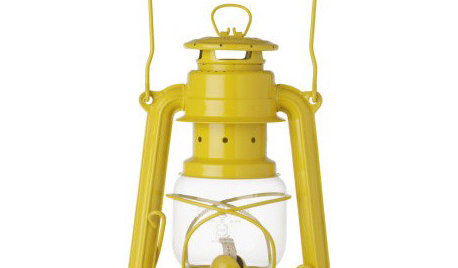
PRODUCT PICKSGuest Picks: Blue and Yellow Market Finds
Bright.Bazaar's Mr. Bazaar (a.k.a. Will) Gets Inspired By the London Sunshine
Full Story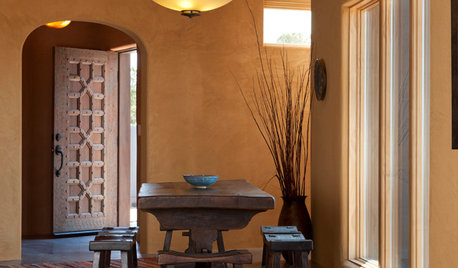
ORANGEColor Guide: How to Use Yellow Ocher
Earthy and warm, this ancient color evokes the sands of time as well as speaks to modern decorating sensibilities
Full Story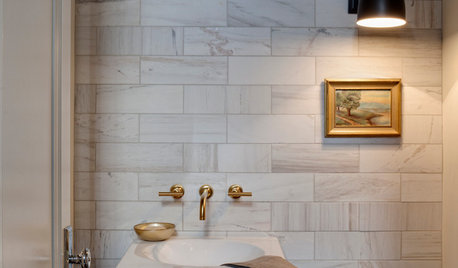
COLORNew Reasons to Love and Decorate With Yellow
Learn some of this controversial color’s history and associations — you might just see it in a different light
Full Story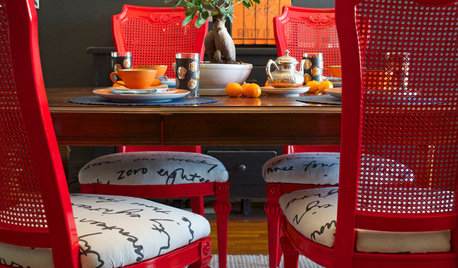
DIY PROJECTSDining Set Makeover: Paint and Tea-Tinted Fabric Make Old Chairs New
Reclaim dated dining chairs for far less than buying new, using spray paint, modern fabric and a handful of tea bags
Full Story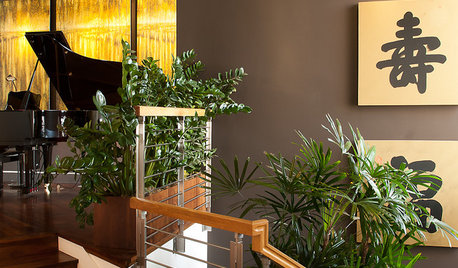
COLORTricky Yellow — Friend or Foe?
It might rev you up or wear you down. Learn what the experts have to say about using this complex color at home
Full Story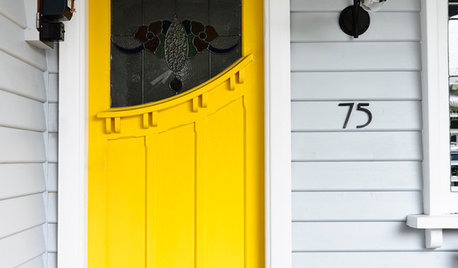
COLORSay Hello to Minion Yellow, Pantone’s Newest (and Happiest) Color
This Hollywood-inspired shade is anything but despicable. Here’s how to work the cheerful and cheeky color into your home
Full Story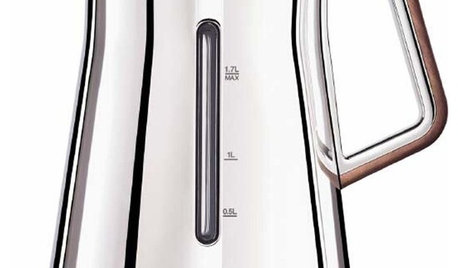
PRODUCT PICKSGuest Picks: Brew a Perfect Cup of Coffee or Tea
Get your caffeine fix in style with well-designed accoutrements from makers to mugs
Full Story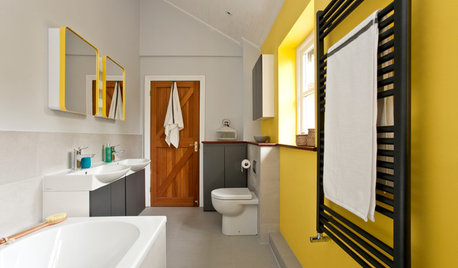
BATHROOM COLOR7 Tips for a Sensational Yellow Bathroom
Counter the late-winter blahs with a blast of sunny yellow in the bathroom
Full Story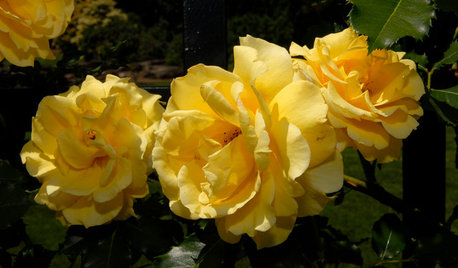
GARDENING GUIDES5 Favorite Yellow Roses for a Joyful Garden
Make 'cheery' the name of your garden game when you order your roses sunny side up
Full Story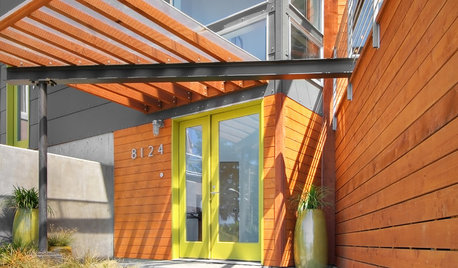
CURB APPEALFront and Center Color: When to Paint Your Door Yellow
Bring a burst of eternal sunshine to your home's entryway with an invigorating yellow front door
Full Story


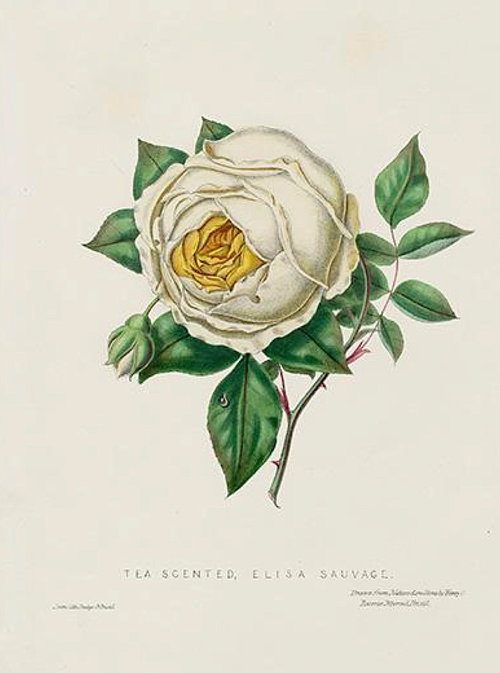
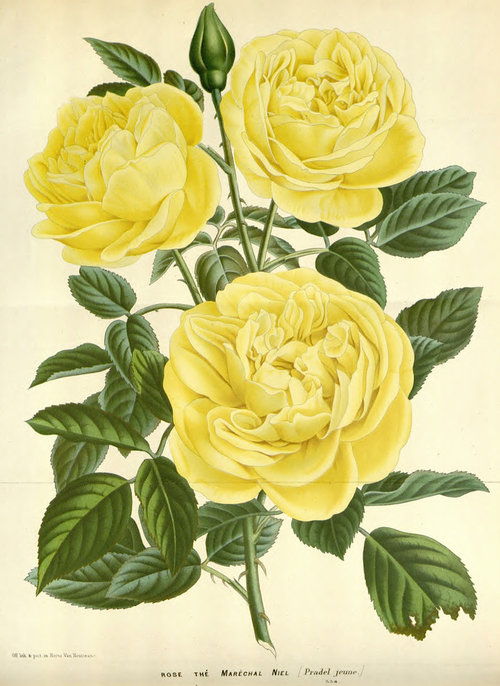
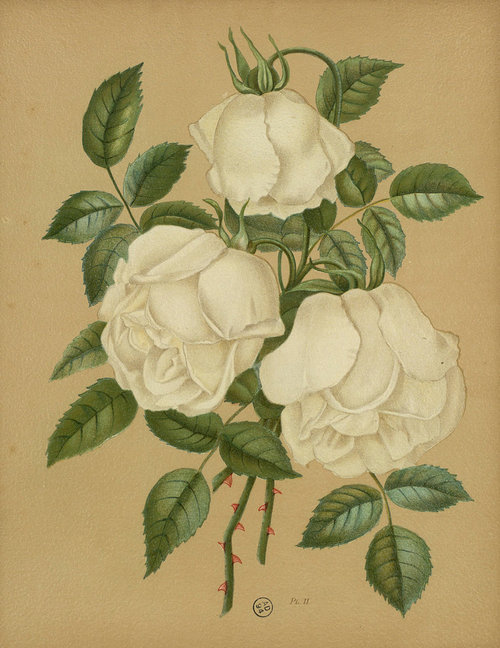
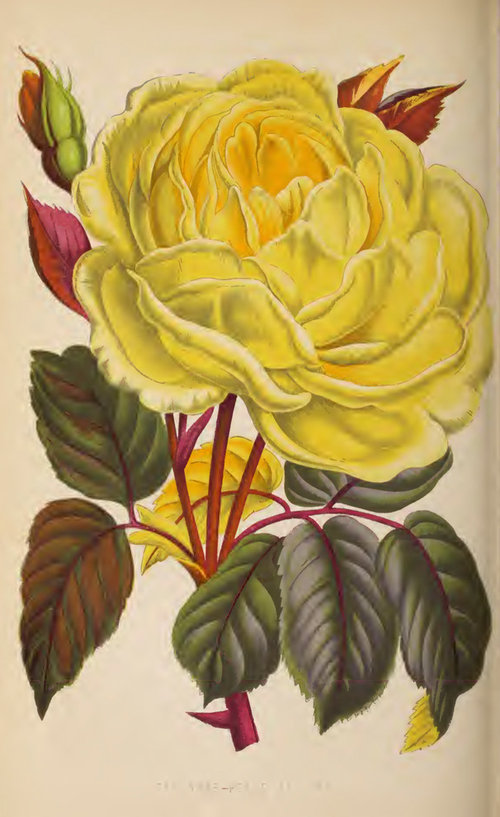
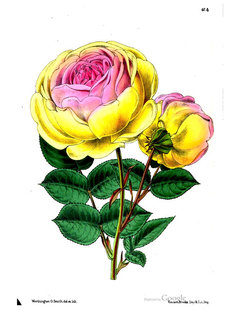
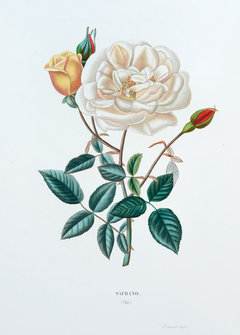
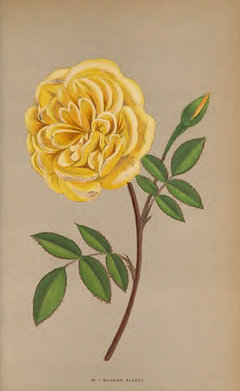
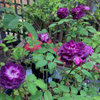


sultry_jasmine_nights (Florida-9a-ish)